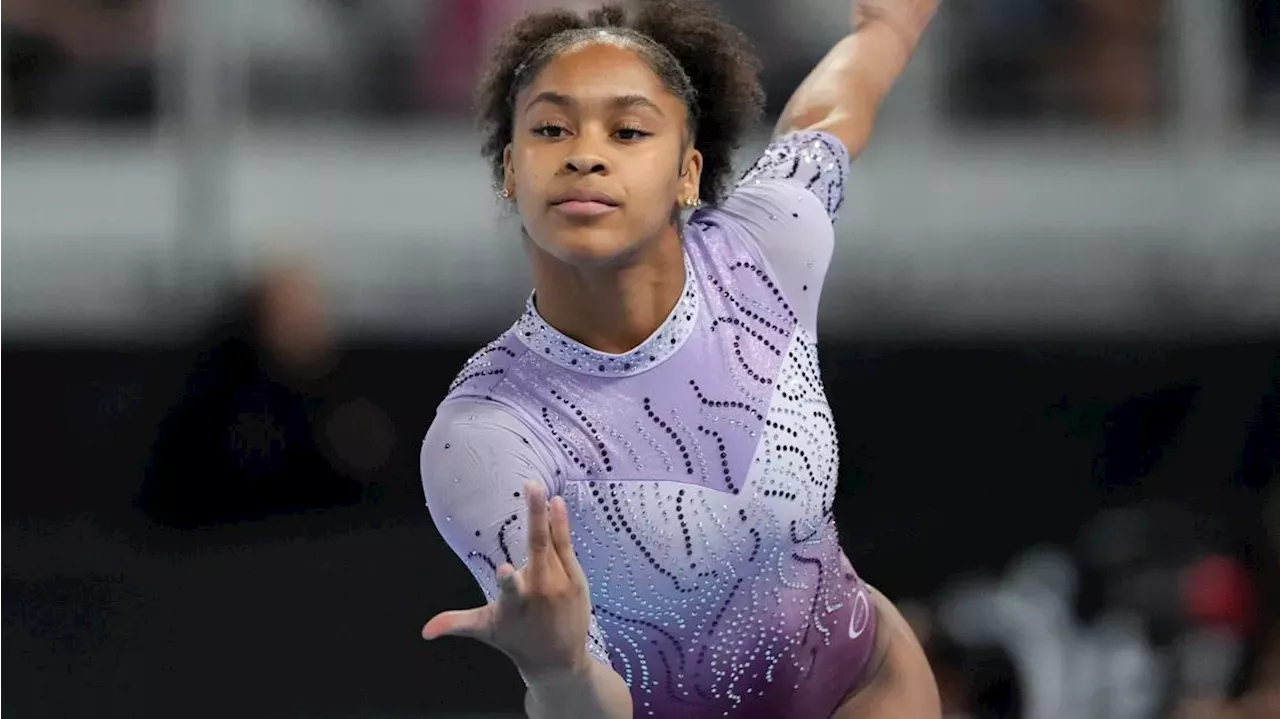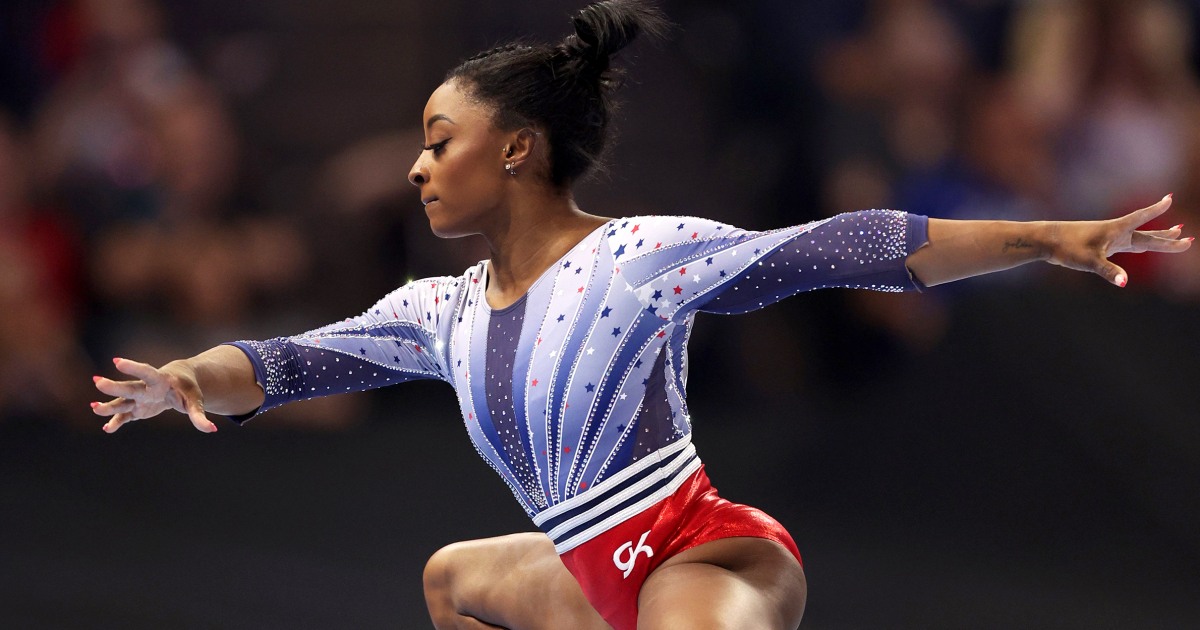Gymnastics Injuries Overview

Gymnastics is a physically demanding sport that requires high levels of strength, flexibility, and coordination. As a result, gymnasts are at risk for a variety of injuries, including sprains, strains, fractures, and dislocations. Gymnastics injuries can occur during training or competition, and they can range from minor to severe.
The road to the Olympics is paved with both triumphs and setbacks, and gymnastics is no exception. Injuries are an unfortunate reality for many gymnasts, and can sideline them for weeks, months, or even years. But even in the face of adversity, these athletes show incredible resilience and determination.
As we approach the gymnastics olympic trials results, we can’t help but be inspired by the stories of those who have overcome injuries to achieve their dreams. Check out the latest results to see who has made it to the next round, and who is still fighting for a spot on the team.
These athletes are an inspiration to us all, and we wish them the best of luck in their quest for Olympic glory.
Prevalence and Incidence of Gymnastics Injuries
The prevalence of gymnastics injuries is estimated to be between 20% and 60%, with the highest rates occurring in elite gymnasts. The incidence of gymnastics injuries is also high, with an estimated 10-20 injuries per 1,000 gymnast-years. The most common types of gymnastics injuries are sprains and strains, which account for approximately 50% of all injuries.
Risk Factors for Gymnastics Injuries
There are a number of risk factors associated with gymnastics injuries, including:
- Training intensity and duration
- Improper technique
- Lack of conditioning
- Previous injuries
- Female gender
- Young age
Prevention and Management of Gymnastics Injuries
Gymnastics is a physically demanding sport that can lead to various injuries if proper precautions are not taken. Implementing effective prevention strategies and managing injuries appropriately are crucial for gymnasts to maintain their health and performance. This section explores the measures for preventing and managing gymnastics injuries.
Injury Prevention Strategies
Preventing gymnastics injuries requires a comprehensive approach that involves:
- Proper Training Techniques: Gymnasts should receive proper training from qualified coaches who emphasize correct technique and body mechanics. This includes proper warm-up, cool-down, and stretching exercises to prepare the body for the demands of the sport.
- Injury Prevention Exercises: Incorporating specific exercises into training routines can help strengthen muscles, improve flexibility, and enhance balance, reducing the risk of injuries. These exercises may include core strengthening, plyometrics, and proprioceptive training.
Injury Management Techniques
When injuries occur, prompt and appropriate management is essential to minimize their severity and promote recovery. The RICE protocol is a widely used method for managing acute injuries:
- Rest: Avoid activities that aggravate the injury and allow the body to heal.
- Ice: Apply ice packs to the injured area to reduce swelling and pain.
- Compression: Use an elastic bandage to apply gentle pressure to the injured area, further reducing swelling.
- Elevation: Elevate the injured area above the level of the heart to promote fluid drainage and reduce swelling.
In addition to RICE, other management techniques may include:
- Medication: Over-the-counter pain relievers or anti-inflammatory medications can help reduce pain and swelling.
- Physical Therapy: Physical therapy can help restore range of motion, strength, and function to the injured area.
- Surgery: In severe cases, surgery may be necessary to repair damaged tissues or stabilize joints.
When to Seek Medical Attention, Gymnastics injuries
It is crucial to seek medical attention promptly if you experience any of the following symptoms:
- Severe pain that does not subside with rest and home treatment
- Swelling that persists or increases in size
- Inability to move or bear weight on the injured area
- Numbness or tingling in the injured area
- Deformity or instability in the injured area
Rehabilitation and Recovery from Gymnastics Injuries

Gymnastics injuries require a comprehensive approach to rehabilitation and recovery. The primary principles of rehabilitation involve rest, progressive exercise, and stretching.
Role of Physical Therapy and Other Rehabilitation Modalities
Physical therapy plays a crucial role in recovering from gymnastics injuries. Physical therapists assess the injury, develop a tailored rehabilitation plan, and guide the athlete through exercises to restore range of motion, strength, and stability. Other rehabilitation modalities include massage therapy, acupuncture, and electrical stimulation, which can help reduce pain, improve circulation, and promote healing.
Tips for Returning to Gymnastics after an Injury
Athletes should gradually return to gymnastics after an injury, following the guidance of their healthcare team. It’s important to start with low-impact activities and gradually increase intensity and duration over time. Athletes should listen to their bodies and avoid pushing themselves too hard, as this could lead to re-injury. Proper nutrition, adequate sleep, and stress management techniques are also essential for a successful recovery.
Injuries are common in the demanding world of gymnastics, where athletes push their bodies to the limits. One notable case is Kayla Dicello’s injury , which forced her to withdraw from the 2021 Olympics. Her experience highlights the physical toll that gymnastics can take on athletes, even at the highest levels.
Despite the setbacks, these injuries also serve as a testament to the resilience and determination of these remarkable athletes.